South Carolina had one of the earliest and largest Jewish settlements in North America, with many Jewish communities in the state dating to the eighteenth century.
By 1800 there were upwards of 500 Jews living in South Carolina.
In 1855, Simon Baruch, a young Jewish boy of only 15, left his home in Prussia to live with family friends in Camden, South Carolina.
He wanted to study and practice medicine, a path forbidden to Jews in his country, and he was facing compulsory service in the Prussian military.
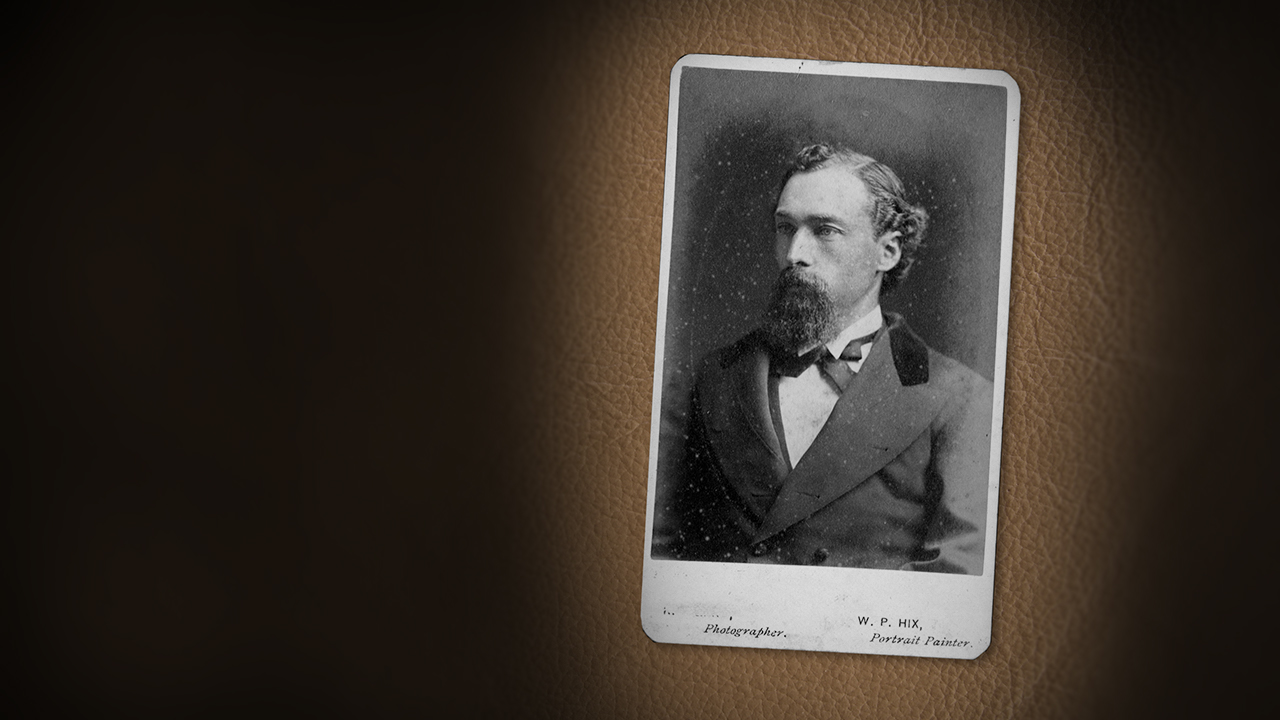
Simon Baruch began his studies at the Medical College of South Carolina in Charleston in 1859.
The Civil War forced the college to close, and he continued his education at the Medical College of Virginia, receiving his M.D. on March 6, 1862.

Simon Baruch had left Prussia in part to avoid military service, but now he faced war in his adopted country.
By chance, having followed the Baums to South Carolina, he was living in the heart of the Confederacy. Less than a month after his graduation he joined the Confederate States Army as an assistant surgeon.
“South Carolina gave me all I had,” he said. “I’ll go with my state.”
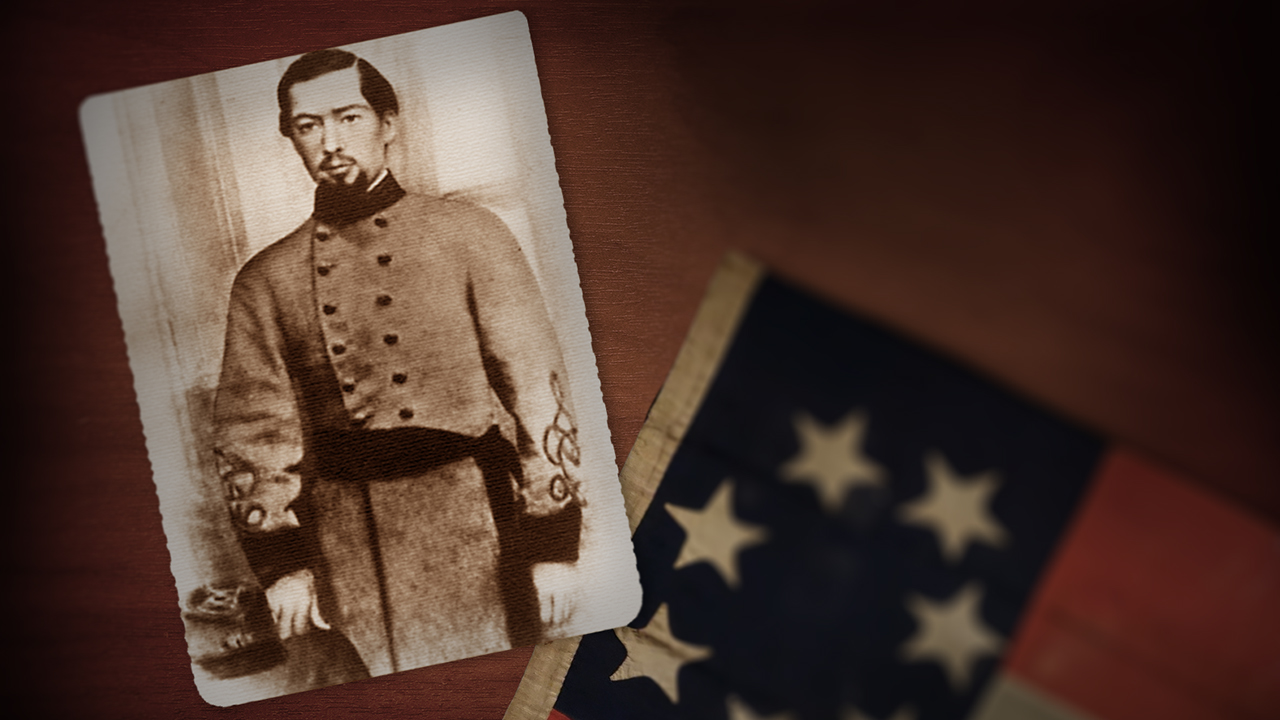
At the end of the war, Simon Baruch returned to Camden. In 1867, he married 17 year-old Isabelle Wolfe of Fairfield County, a niece of Mrs. Mannes Baum.
Isabelle came from an old, Sephardic Jewish family with deep roots in South Carolina.
One of her mother's ancestors, Isaac Marks, served in the Continental Army. Isabelle's grandmother danced with Lafayette at a ball in Charleston in 1825.
Isabelle's father, Saling Wolfe, owned several plantations near Winnsboro, South Carolina. A cotton planter and slaveholder, he lost his fortune during the Civil War.
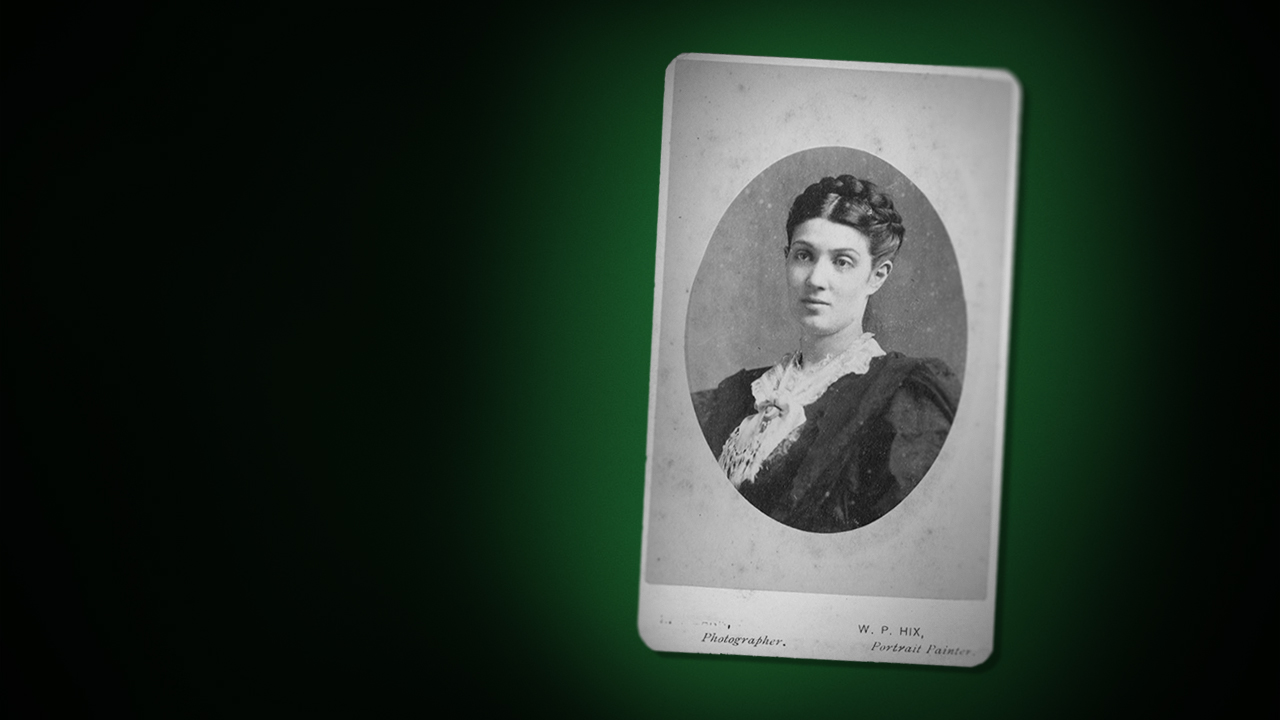
Simon and Isabelle Baruch made their home in Camden during the years after the Civil War, and had four sons.
The effort to establish a medical practice and raise a family in the small, impoverished town was frustrating for the young doctor.
Like many Southern whites during the Reconstruction era, Simon Baruch laid the blame for his economic problems on the Radical Republicans and freedmen and felt the need to regain control.
“I am not willing to submit when I have a remedy left,” he wrote to a colleague.
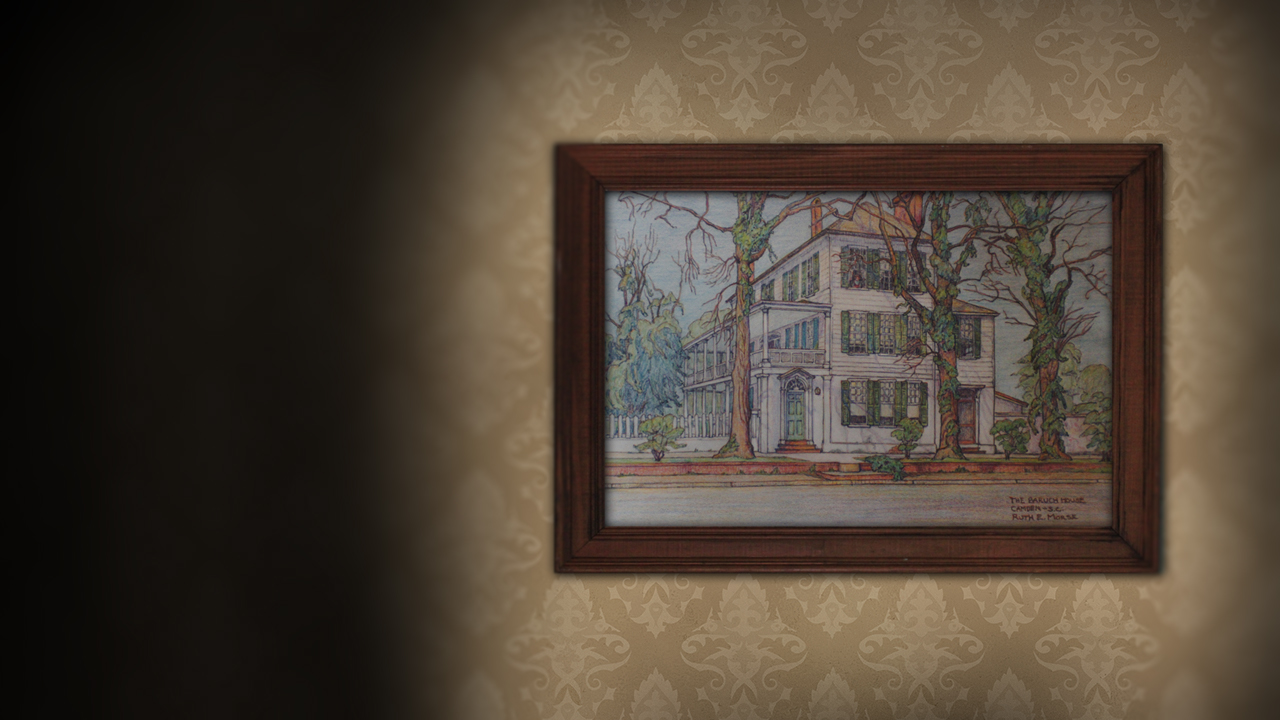
In his memoir, Bernard Baruch tells of an awful discovery he and his brother Hartwig made when they were children:
One autumn day when I was about five or six, Harty and I were rummaging about the attic of our house...We came across a horsehide-covered trunk...Opening it, we found Father's Confederate uniform. Digging deeper into the trunk, we pulled out a white hood and long robe with a crimson cross on its breast - the regalia of a Knight of the Ku Klux Klan. Today, of course, the KKK is an odious symbol of bigotry and hate...I have good reason to know the character of the modern Klan since I was a target for its hatred.
Bernard M. Baruch, My Own Story
In 1951 the leader of the KKK verbally attacked Bernard Baruch, calling him a "Zionist Jew."
After 15 often difficult years of living in the Reconstruction-era South, Simon Baruch decided to try his luck in New York City.
He and Isabelle and their four sons - Hartwig, Bernard, Herman and Sailing - left South Carolina in 1880.
In New York, where millions of immigrants would arrive from Europe over the next several decades, Simon Baruch found his true calling, becoming a passionate advocate for public health.
The crowded tenement apartments where many immigrants lived had no bathrooms.
Usually, the only source of water was in the hallway, so to take even a sponge bath, residents had to carry a bucket of water from the hall sink to the stove.
Not surprisingly, mortality rates among tenement dwellers were much higher than for other city residents.
Troubled by these unsanitary conditions, Simon Baruch worked for years to establish public bathhouses in New York City.
In 1901 New York City opened its first free municipal public bath house at 326 Rivington St., on the Lower East Side.
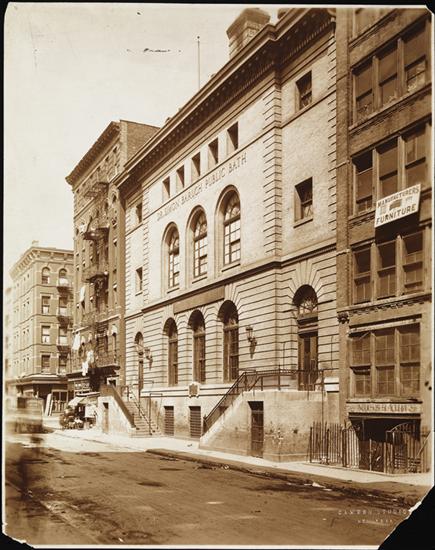
In 1912 Simon Baruch was named the founding president of the American Association for Promoting Hygiene and Public Baths, and in 1917 the city dedicated the original Rivington St. bathhouse to him.
Simon Baruch was a leading proponent of making good hygiene available to everyone, regardless of economic status.
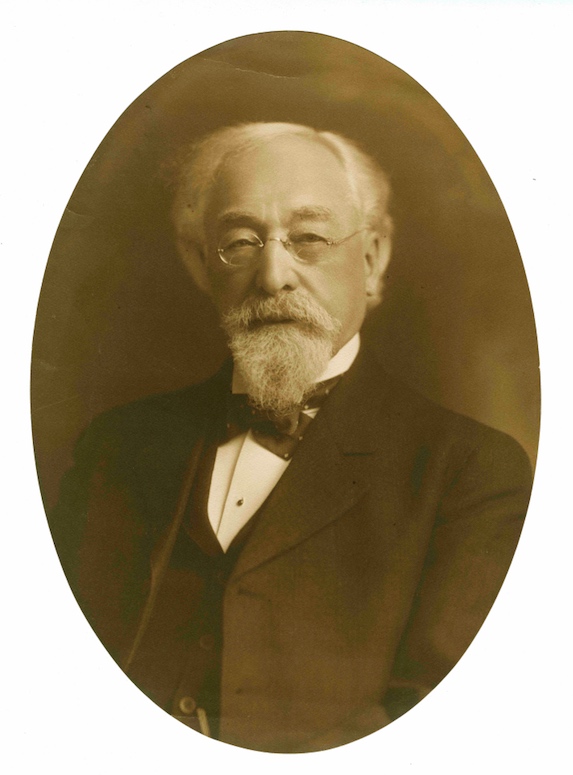
He said that he had, "done more to save life and prevent disease in my work for public baths than in all...my work as a physician."
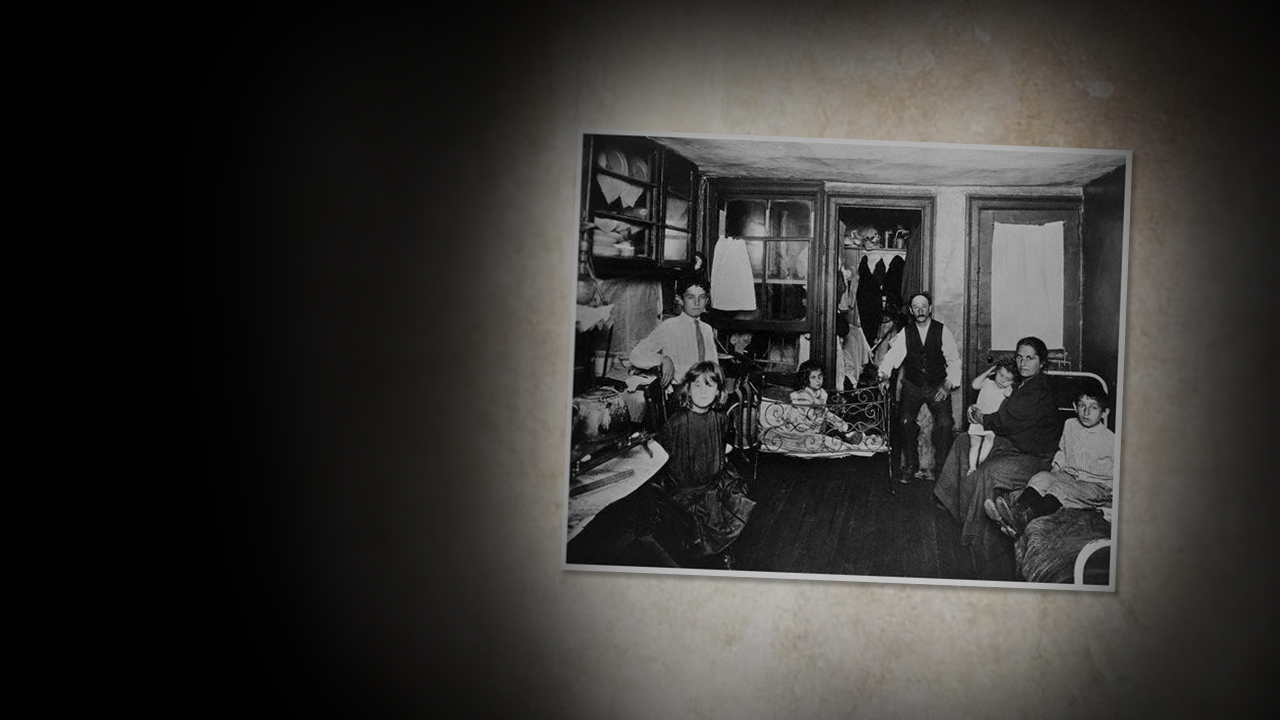
To return to the trail click NEXT STOP
To return to the Hobcaw House Son's Room click
